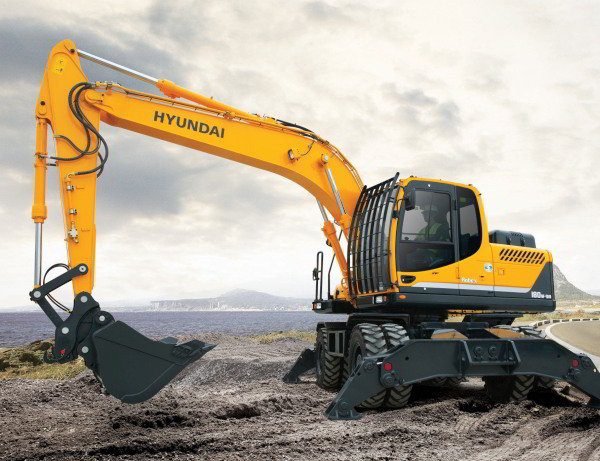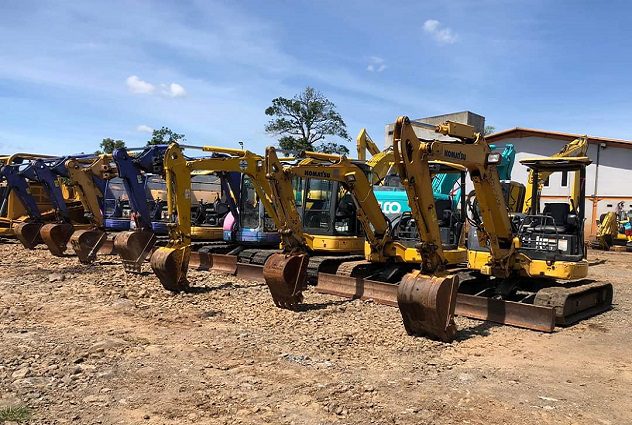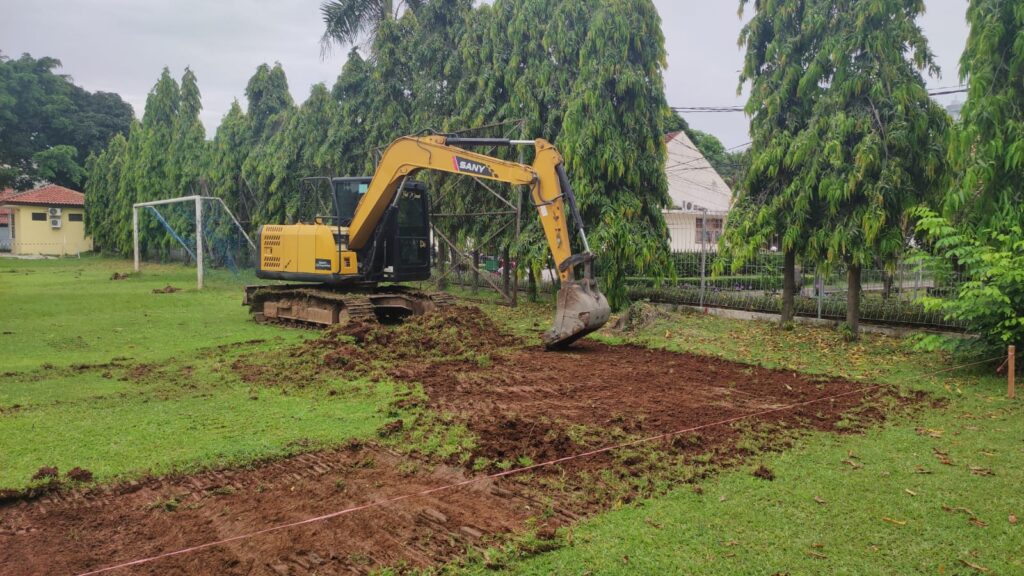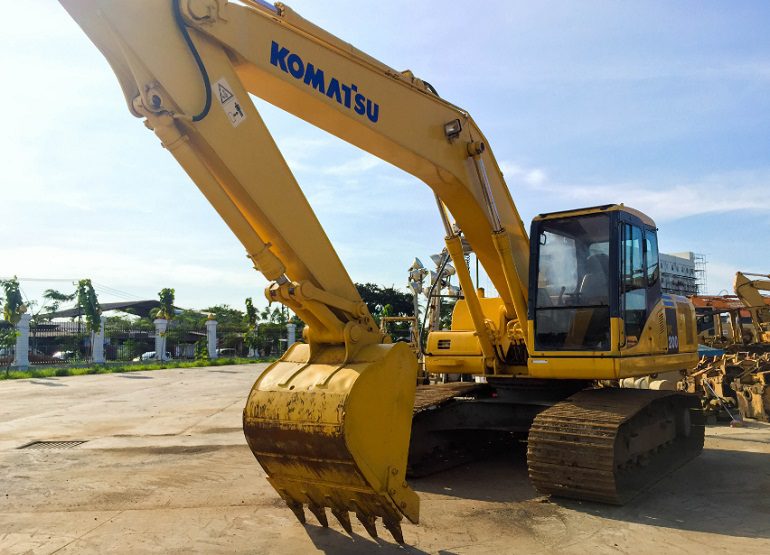Investment in heavy equipment is often a critical consideration in construction projects. Understanding the relationship between the costs and benefits of these investments is key to effective decision making.
List of contents
This article will analyze the cost and benefit aspects associated with investing in heavy equipment in construction.
1. Heavy Equipment Investment Costs

The initial costs of purchasing or leasing heavy equipment are often significant. This includes the purchase price, financial costs if any, insurance, and shipping costs. In case of rental, Costs may vary depending on duration and type of equipment. It is important to consider purchase versus lease options based on project needs and frequency of machine use.
2. Operational and Maintenance Costs
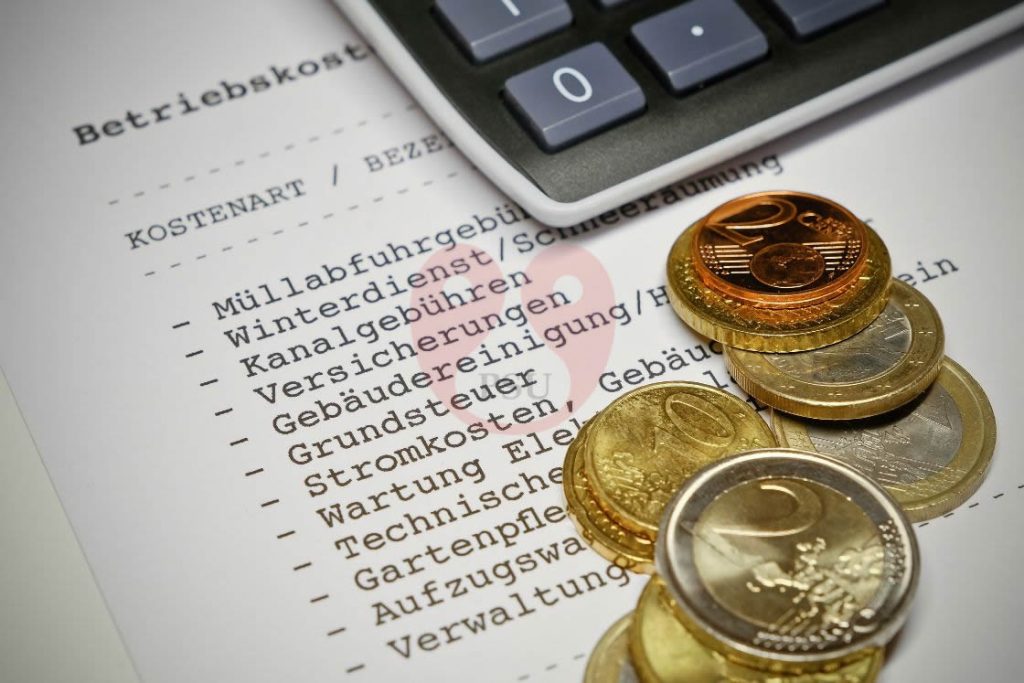
Operating costs include fuel, lubrication, and labor costs for operators. Routine maintenance and unexpected repairs also add to operational costs. Optimizing maintenance and operational efficiency can help reduce these costs.
3. Depreciation and Resale Value
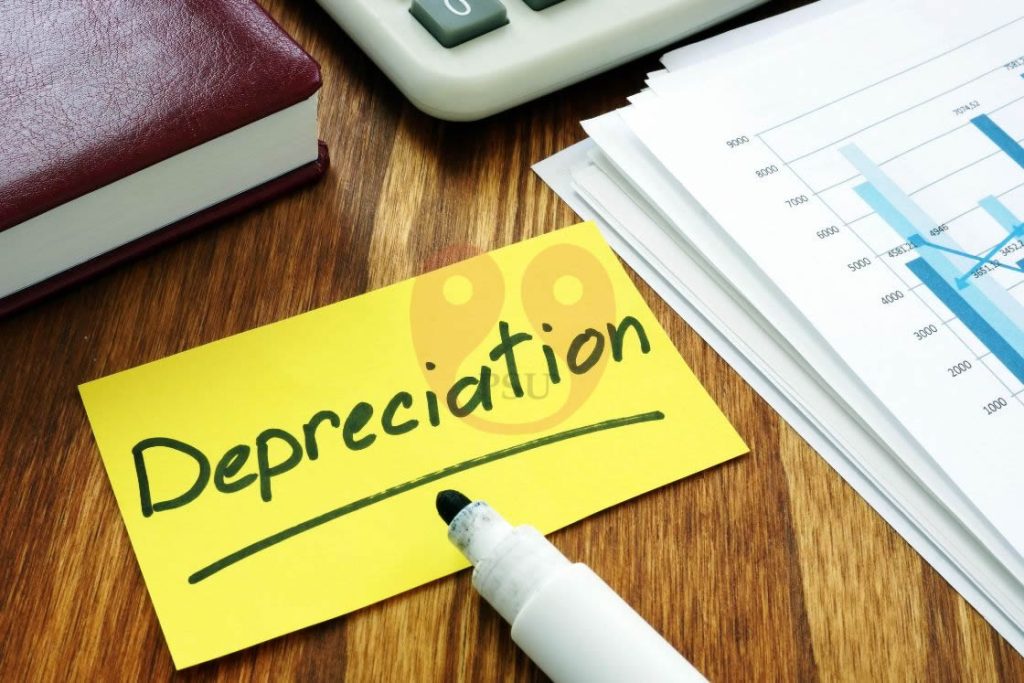
Heavy equipment depreciates in value over time. This factor must be taken into account when calculating long-term investment costs. Resale value is also important, especially if plans are to sell the equipment in the future.
4. Productivity and Efficiency Benefits
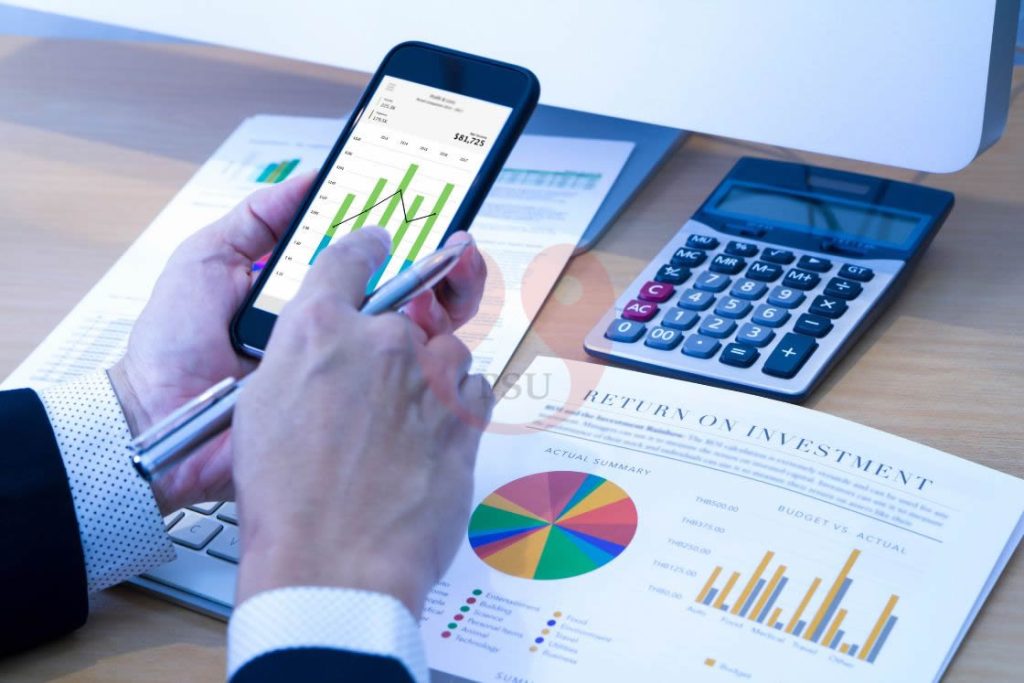
The main benefit of investing in heavy equipment is increased productivity and efficiency. The right heavy equipment can complete the job faster and with better quality compared to manual labor. This can reduce project duration and labor costs.
5. Security and Performance Benefits

Investment in modern heavy equipment also improves safety on construction sites. Newer machines generally have better safety features and are easier to operate, reduce the risk of work accidents.
6. Cost-Benefit Analysis
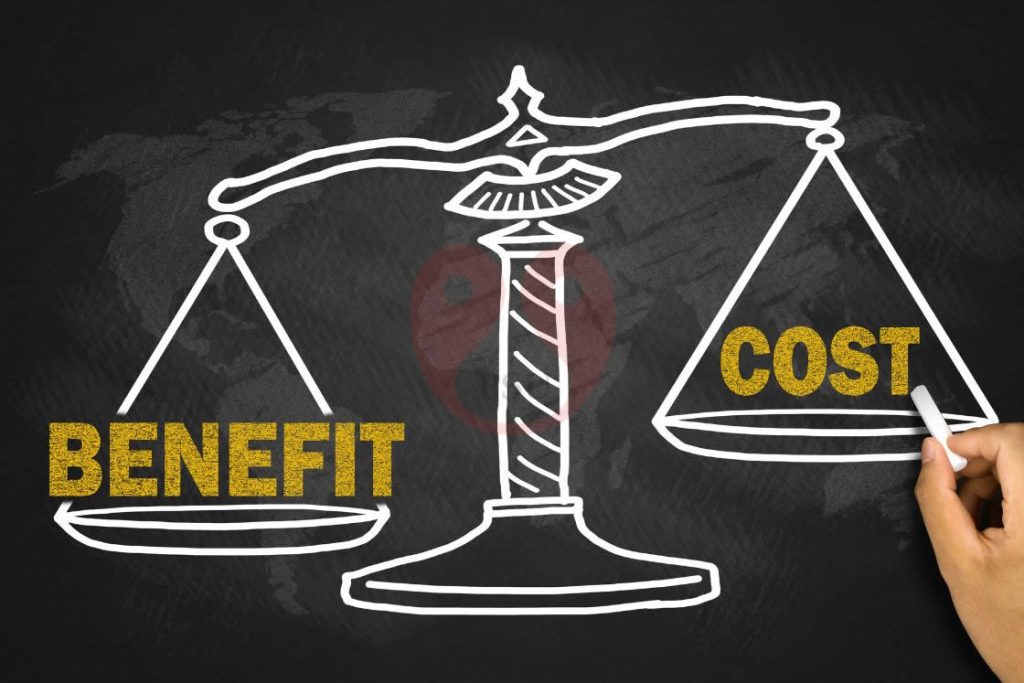
Conducting a comprehensive cost-benefit analysis is important. This involves comparing the total cost of ownership (including purchase, operational, and maintenance) with the benefits obtained (increased productivity, reduction in labor costs, and security). Use of tools such as Payback Period, Net Present Value (NPV), dan Internal Rate of Return (IRR) can assist in this evaluation.
7. Environmental Considerations

In the era of sustainability, Environmental considerations are also part of the cost-benefit analysis. More energy efficient and environmentally friendly machines may have higher initial costs but provide long-term benefits through reduced emissions and lower operational costs.
Closing
Invest in heavy equipment is an important component in construction projects. A thorough cost versus benefit analysis can help construction companies make informed decisions to improve efficiency, security, and profitability. Paying attention to both financial and operational aspects will ensure that the investment provides the best value.
you need heavy equipment rental most complete? PT. Perkasa Sarana Utama is the right solution for renting quality heavy equipment with professional operators & Skilled, Mechanical Support 24/7 and have complete supporting documents including an Operator's License (SIO), Operation Worthy Permit (SILO), dll. If you have further questions regarding PSU, do not hesitate to contact us.



